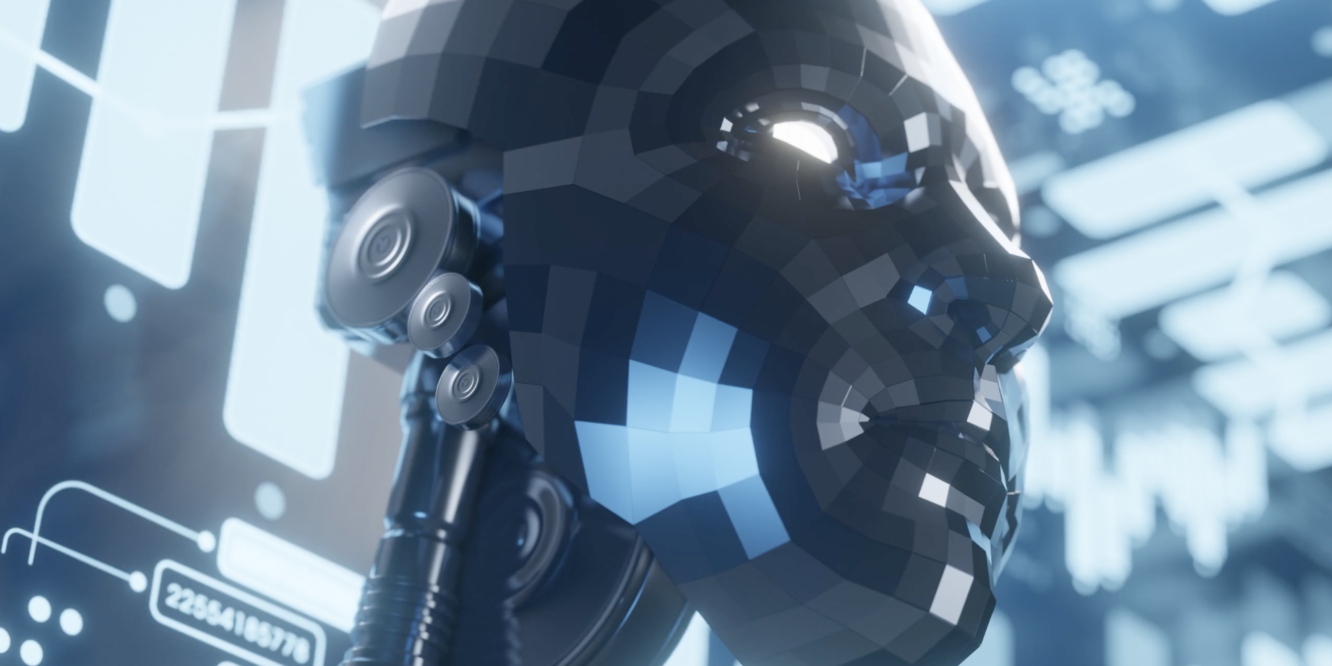A main crux of neuroscience is learning how our senses translate light into sight, sound into hearing, food into taste, and texture into touch. Smell is where these sensory relationships get more complex and perplexing.
To address this question, a research team co-led by the Monell Chemical Senses Center and start-up Osmo discovered that a machine-learning model has achieved human-level proficiency at describing, in words, how chemicals might smell. How is it possible for a machine to recognize smells like garlic?
Using data, is the answer.
The AI model was trained using an industry dataset of 5,000 known odorants, enabling it to predict smell descriptors based on a molecule’s structure.
Human panelists trained in the study, when compared to the AI model, found that the model outperformed individual human assessments for 53% of the molecules tested.
The most surprising finding was that the AI model also displayed capabilities it was not trained for, like accurately predicting the strength of odors, revealing its potential for broader olfactory tasks.
If it sounds scary, remember that recognizing smells is not the same as feeling them. Machines are simply machines.
Sources: Monell Chemical Senses Center, Neuroscience News

